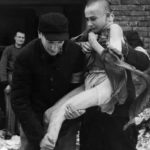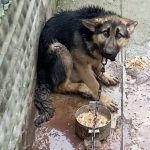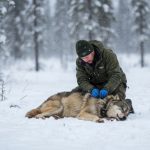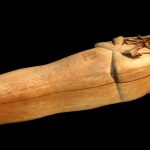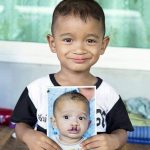The Trinity Test: When Innocence Became Tragedy
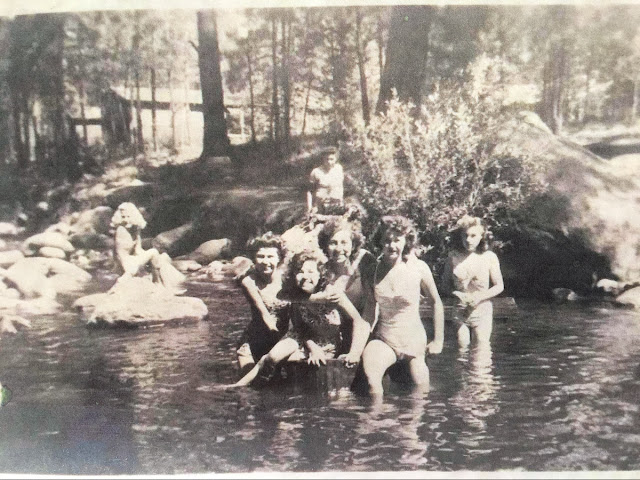
This haunting story begins on July 16, 1945, when a group of thirteen-year-old girls, led by Barbara Kent, were enjoying a carefree summer, swimming in a river near Ruidoso, New Mexico. None of them knew that just 40 miles away, history had changed forever.
This was the Manhattan Project’s Trinity Test—the world’s first-ever nuclear device explosion. Though the site was chosen for its supposed “isolation,” thousands of people lived nearby, and no one was warned or protected as radioactive fallout drifted for days.
The Deadly “Hot Snow”:
Barbara Kent later recalled the moment of the blast: “We were all just shocked … and then, all of a sudden, there was this big cloud overhead, and lights in the sky.” She described the sky turning strange, “as if the sun came out tremendous.”
Hours later, white flakes began to fall. Excited, the girls put on their bathing suits and began playing in the strange flurries. Kent said: “We were grabbing all of this white, which we thought was snow, and we were putting it all over our faces. But the strange thing, instead of being cold like snow, it was hot. We were just 13 years old.”
The Silent Toll:
Years later, Kent learned that the “snow” they played in was radioactive fallout from the first nuclear test. The consequence was a devastating tragedy: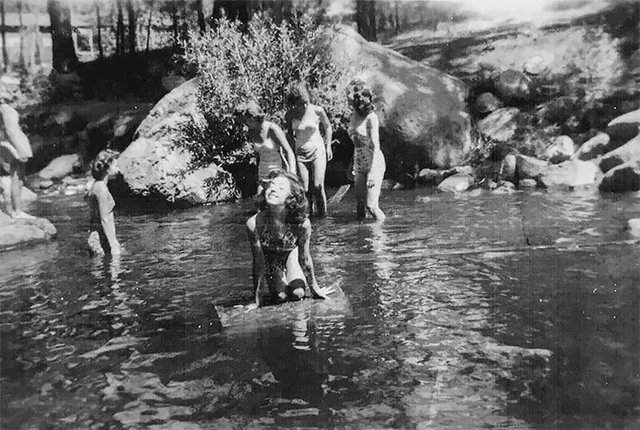
11 out of the 12 girls who attended the camp later died from various cancers.
The camp dance teacher and Kent’s mother, who was nearby, also passed away.
By 2021, Barbara Kent confirmed: “I was the only survivor of the girls at that camp,” adding that she herself has been diagnosed with four different types of cancers, including endometrial and various skin cancers.
A Global Legacy:
The victims of Trinity were not only in Japan—they lived and died in the American Southwest. Similar tragedies unfolded elsewhere, such as at Maralinga in Australia, where nuclear tests exposed Aboriginal communities to lethal radiation. Even some involved scientists, like Dapo Michaels, suffered breakdowns upon realizing the devastation their work had unleashed.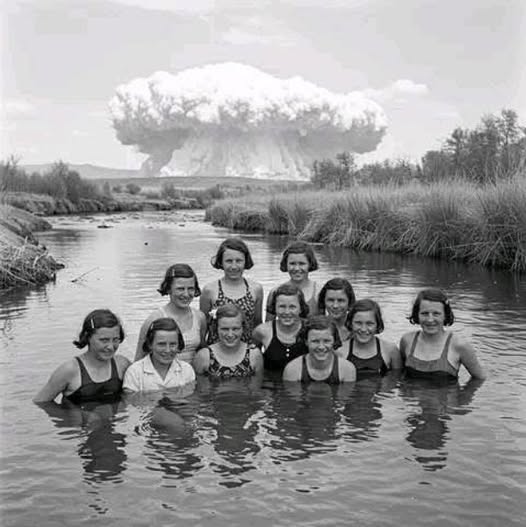
This account serves as a terrifying reminder that the legacy of nuclear testing is not just one of scientific achievement, but of the silent, unacknowledged suffering of invisible victims across the globe.

